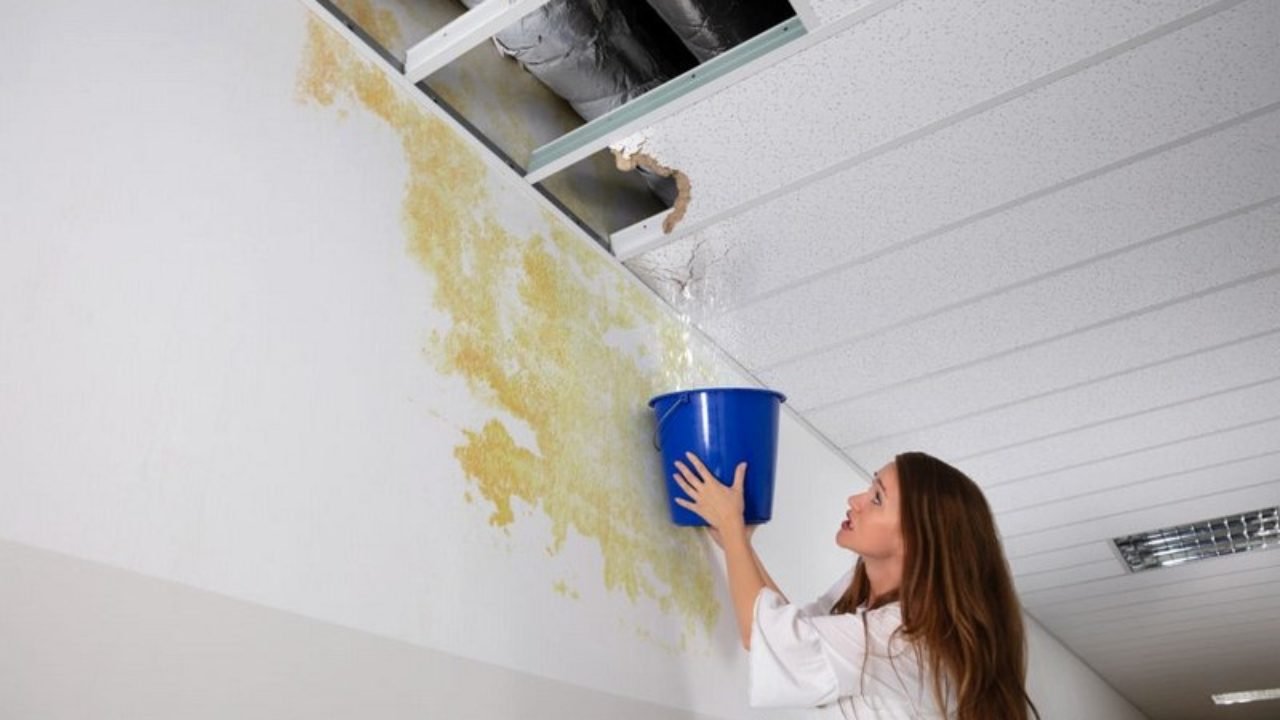Your Residential Common Frequent Factors of Leak Problems: Detailed Examination
Your Residential Common Frequent Factors of Leak Problems: Detailed Examination
Blog Article
How do you feel on the subject of Common Water Leaks In House?

Leakages not only create waste of water but can additionally cause unnecessary damage to your home and advertise unwanted natural development. Water leaks may go unnoticed given that most of the pipework in our home is concealed. By looking and also recognizing for daily situations that trigger leakages, you can safeguard your house from future leakages and also unnecessary damage. Today, we will certainly consider 6 leakage creates that might be causing your pipelines to drip.
Intruding origins
The majority of water leaks start outside the house rather than inside it. If you notice an abrupt decline in water pressure, state in your faucet, require time to go out and analyze your backyard. You might notice wet patches or sinkholes in your backyard, and that might imply that tree origins are attacking water lines causing water to permeate out. You can have your plumber check for breach, particularly if you have trees or bushes near your residential property.
Corroded water systems
As time goes by, your plumbing system ages and corrosion such as rust may begin gnawing the pipes. This could be the reason for staining or warping on your pipes. This calls for an examination with your plumber immediately. Take into consideration replacing the pipes considering that they are at a greater threat of corrosion than the more recent models if our plumbing system is old.
Faulty Pipeline Joints
The factor at which your pipes link is often the weakest web link in the waterline. Pipeline joints can weaken in time, leading to water leakages. However, most of pipe joints are not quickly visible. If you have loud pipes that make ticking or banging noises, particularly when the warm water is switched on, your pipeline joints are most likely under a great deal of pressure. It is a good idea to have your plumber evaluate your system yearly.
Instant temperature level changes.
Severe temperature level modifications in our pipes can create them to increase as well as contract suddenly. This expansion and contraction might cause cracks in the pipes, especially if the temperature are below freezing. If you kept an eye on just how your plumbing works, it would certainly be best. The visibility of the formerly discussed conditions frequently indicates a high danger.
Poor Water Connectors
At times, a leak can be created by loose hoses and also pipelines that provide your appliances. In case of a water links leakage, you might see water running straight from the supply line or pools around your devices.
Obstructed Drains
Blocked drains may be frustrating and inconveniencing, however they can in some cases end up creating an overflow resulting in rupture pipelines. Keep removing any kind of products that might drop your drains that could block them to stay clear of such troubles.
All the above are root causes of leaks yet not all water leakages arise from plumbing leakages; some leakages might come from roofing leaks. All leaks should be fixed quickly to stay clear of water damage.
Leakages not only create waste of water yet can additionally trigger unneeded damage to your home and also advertise undesirable natural growth. By comprehending and also looking for everyday circumstances that cause leakages, you can secure your residence from future leakages and also unneeded damages. Today, we will certainly look at six leakage causes that may be creating your pipelines to drip.
At times, a leakage can be triggered by loosened pipes and pipes that supply your home appliances. In case of a water connections leakage, you might see water running straight from the supply line or puddles around your home appliances.
How To Check For Water Leak In Your Home
How To Check for Leaks
The average household's leaks can account for nearly 10,000 gallons of water wasted every year and ten percent of homes have leaks that waste 90 gallons or more per day. Common types of leaks found in the home are worn toilet flappers, dripping faucets, and other leaking valves. These types of leaks are often easy to fix, requiring only a few tools and hardware that can pay for themselves in water savings. Fixing easily corrected household water leaks can save homeowners about 10 percent on their water bills.
To check for leaks in your home, you first need to determine whether you're wasting water and then identify the source of the leak. Here are some tips for finding leaks:
Take a look at your water usage during a colder month, such as January or February. If a family of four exceeds 12,000 gallons per month, there are serious leaks.
Check your water meter before and after a two-hour period when no water is being used. If the meter changes at all, you probably have a leak.
Identify toilet leaks by placing a drop of food coloring in the toilet tank. If any color shows up in the bowl after 10 minutes, you have a leak. (Be sure to flush immediately after the experiment to avoid staining the tank.)
Examine faucet gaskets and pipe fittings for any water on the outside of the pipe to check for surface leaks.
Undetected water leaks can happen without the home or business owner even realizing. If you suspect a water leak, but not able to find the source. It is time to contact a professional water leak detection service, The Leak Doctor.
How To Find a Water Leak In Your Home
https://www.leakdoctor.com/blog/How-To-Check-For-Water-Leak-In-Your-Home_AE197.html

As an avid person who reads on How Fast Water Damage Can Ruin Your Home, I think sharing that piece of content was essential. Please set aside a second to promote this entry if you enjoyed reading it. Thanks so much for going through it.
Schedule Estimate Report this page